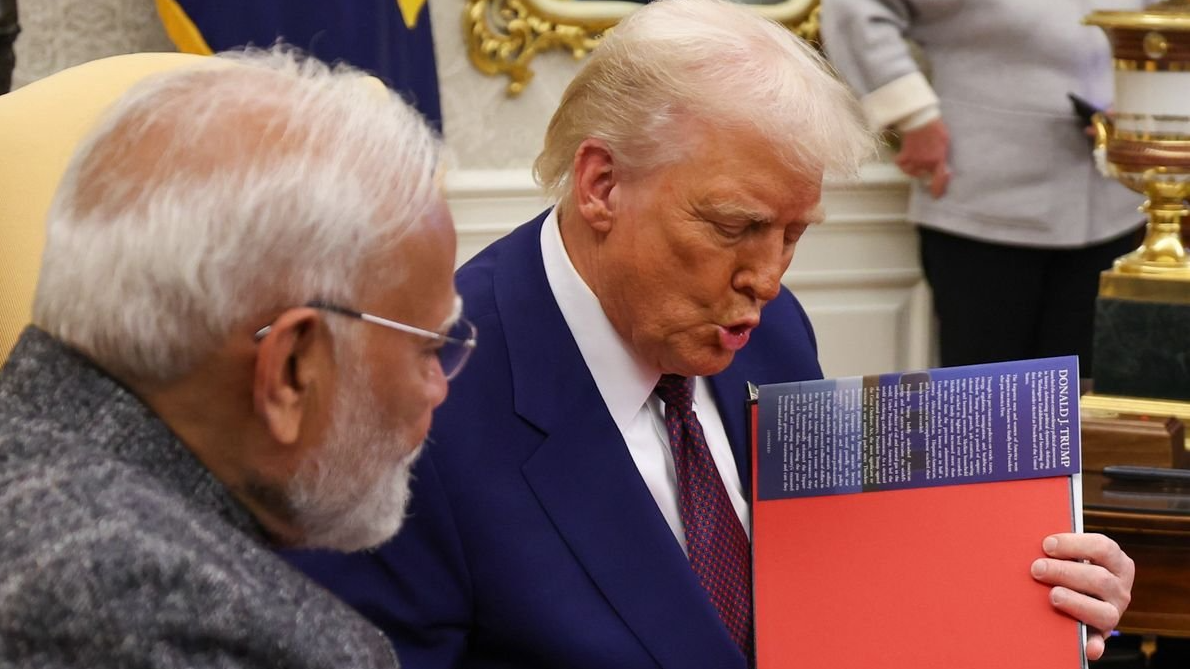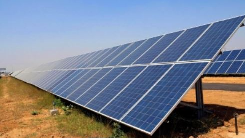New Delhi, Feb 19: According to a Goldman Sachs report, US President Donald Trump’s tariff policies could impact India’s Gross Domestic Product (GDP) by 0.1 to 0.6 percentage points.
The report, which examines the potential effects of US tariffs on India's economy under both country-level and product-level reciprocity, states that India’s exposure to US final demand through domestic activity could be about twice as high—around 4% of GDP—due to exports to other countries that trade with the US. This could result in a potential domestic GDP growth impact of 0.1-0.6 percentage points.
If the Trump administration raises tariffs on all US imports according to the average tariff differential between the US and other countries, the report estimates that the average effective US tariff on Indian imports would rise by 6.5 percentage points. In the case of product-level reciprocity, where the US matches the tariff rates imposed by its trading partners on specific goods, the report suggests that the weighted average effective US tariff on Indian imports could increase by 6.5-11.5 percentage points, depending on the specific reciprocal tariff plan implemented.
The report also discusses the potential for non-tariff barriers, such as import licenses or export subsidies, which would be more difficult to manage and estimate. Due to the complexity of assessing the impact of non-tariff barriers, the analysis in the report is limited to tariff-related factors.
Currently, India’s exports to the US represent about 2% of its GDP, which is relatively low compared to other emerging markets. However, the report highlights that even with this limited exposure, the introduction of higher US tariffs could still significantly affect India's economy. If the US imposes global tariffs on all countries, India’s exposure to US demand could increase to around 4% of GDP, driven by India’s exports to other nations that in turn export to the US.
India's bilateral goods trade surplus with the US has grown significantly over the past decade, reaching USD 35 billion (about 1% of India’s GDP) in FY24, primarily due to the export of electronics, pharmaceuticals, and textiles. India’s tariff rates on most products are higher than those of the US, with the largest differences in agricultural products, textiles, and pharmaceuticals.
Trump’s trade policy, which emphasizes fairness and reciprocity, could lead to the implementation of reciprocal tariffs, where the US would impose tariffs on other countries that match the tariffs those countries levy on American goods.















































